AP Environmental Science (Waste Management)
1/18
There's no tags or description
Looks like no tags are added yet.
Name | Mastery | Learn | Test | Matching | Spaced |
|---|
No study sessions yet.
19 Terms
Electronic Waste
This is the fastest growing type of solid waste. Includes TV's, cell phones, computers, etc.
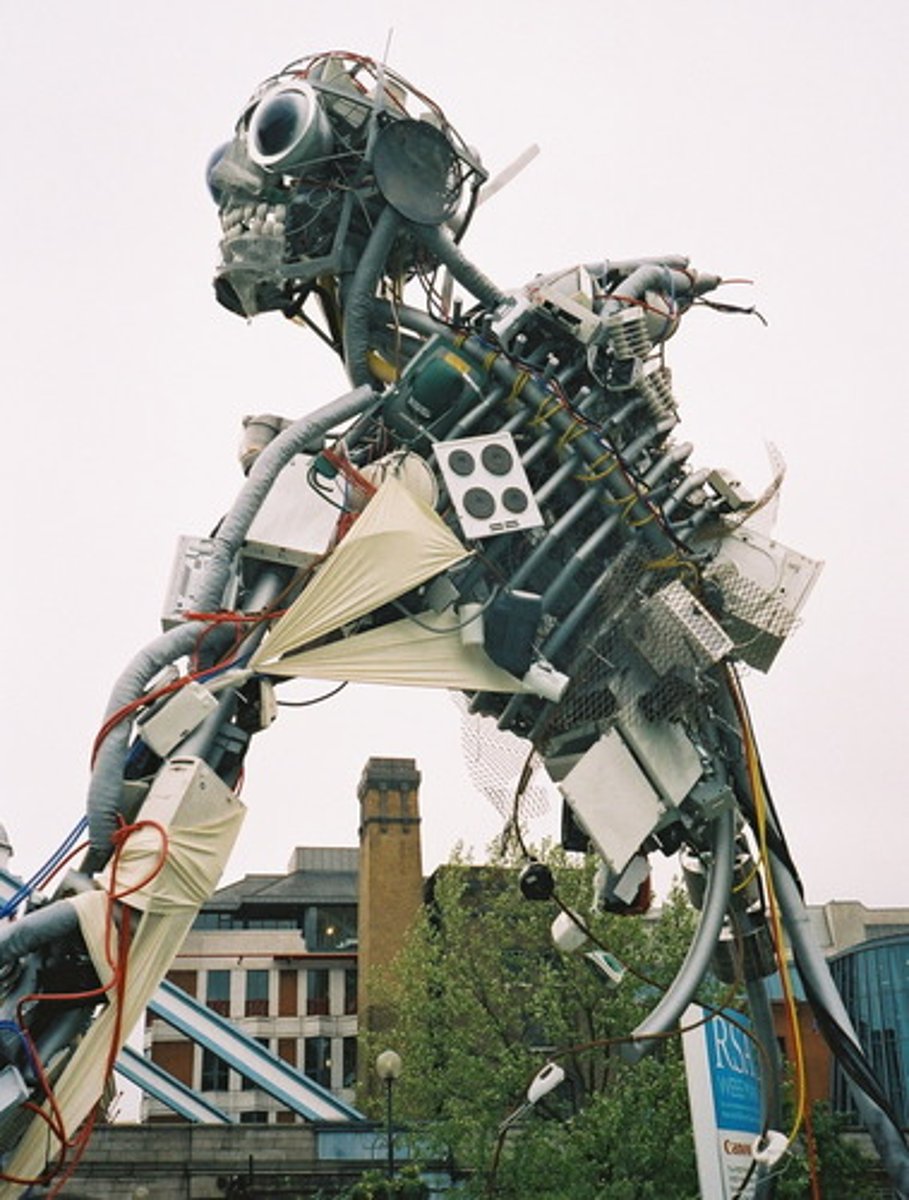
Sanitary landfills
Disposal sites for non-hazardous solid waste that is spread in layers and compacted to the smallest practical volume. The sites are typically designed with floors made of materials to treat seeping liquids and are covered by soil as the wastes are compacted and deposited into the landfill.
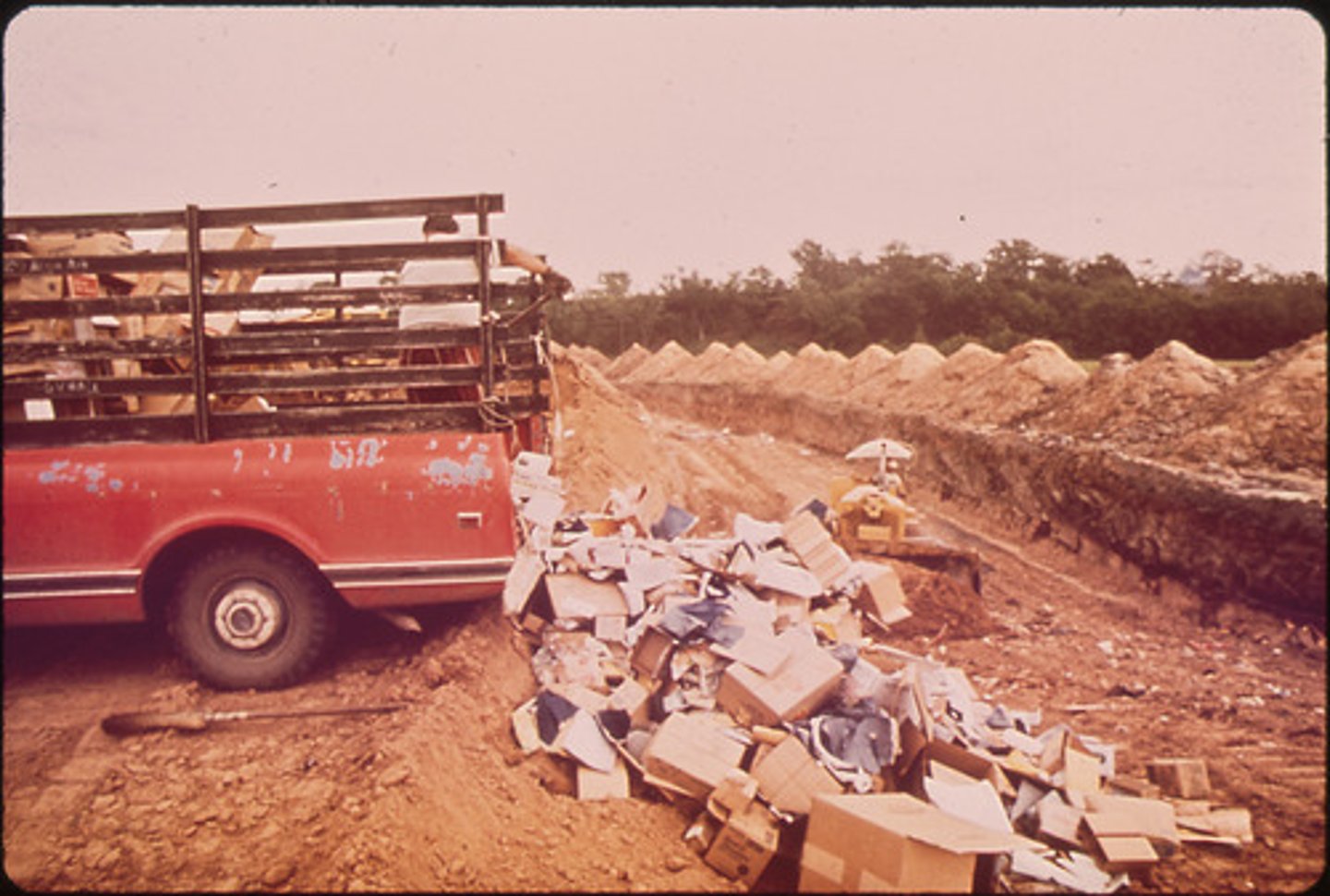
Recycling
Collecting and reprocessing a resource or product to make into new products
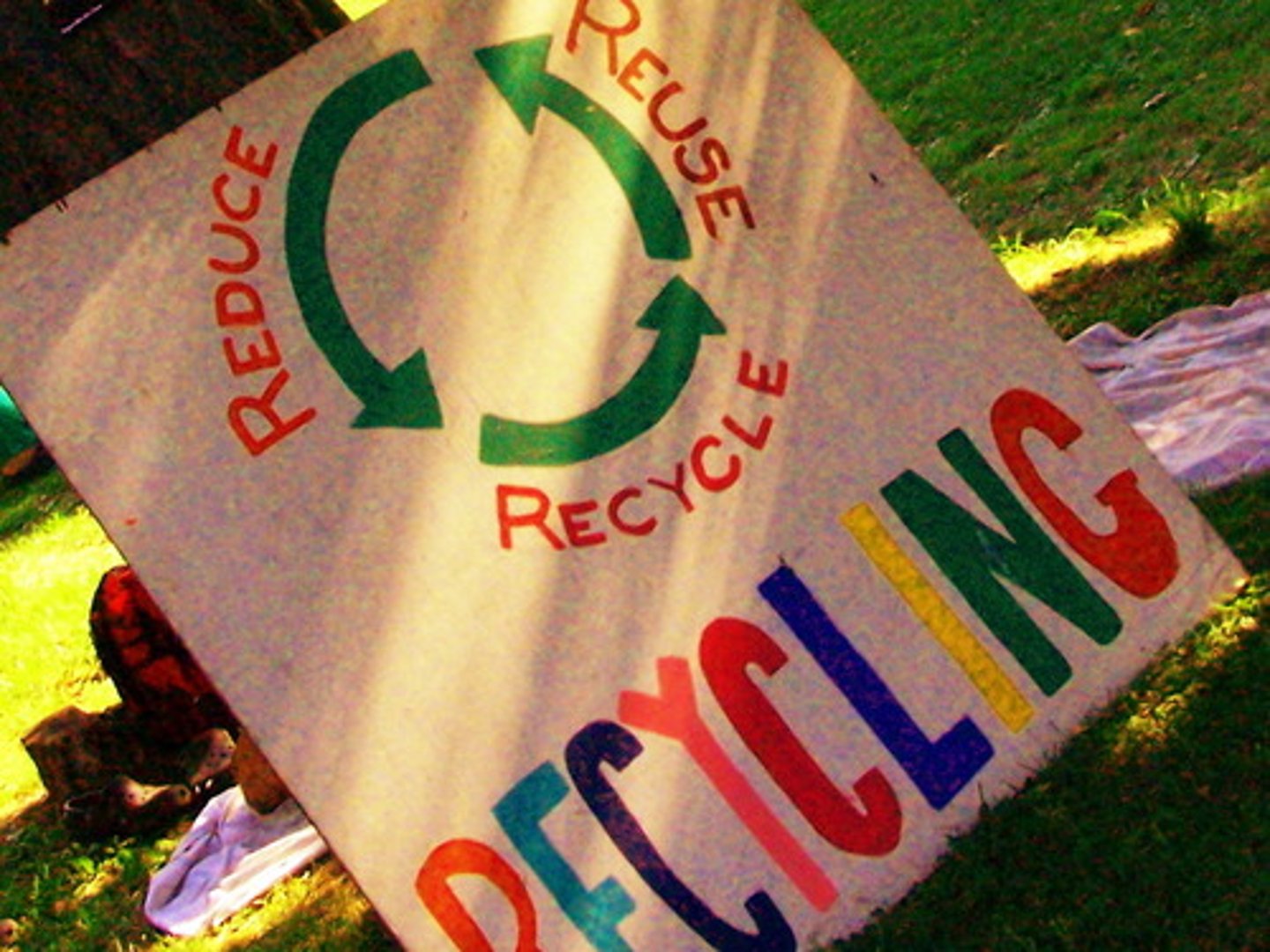
Waste
Any unwanted material or substance that results from a human activity or process.
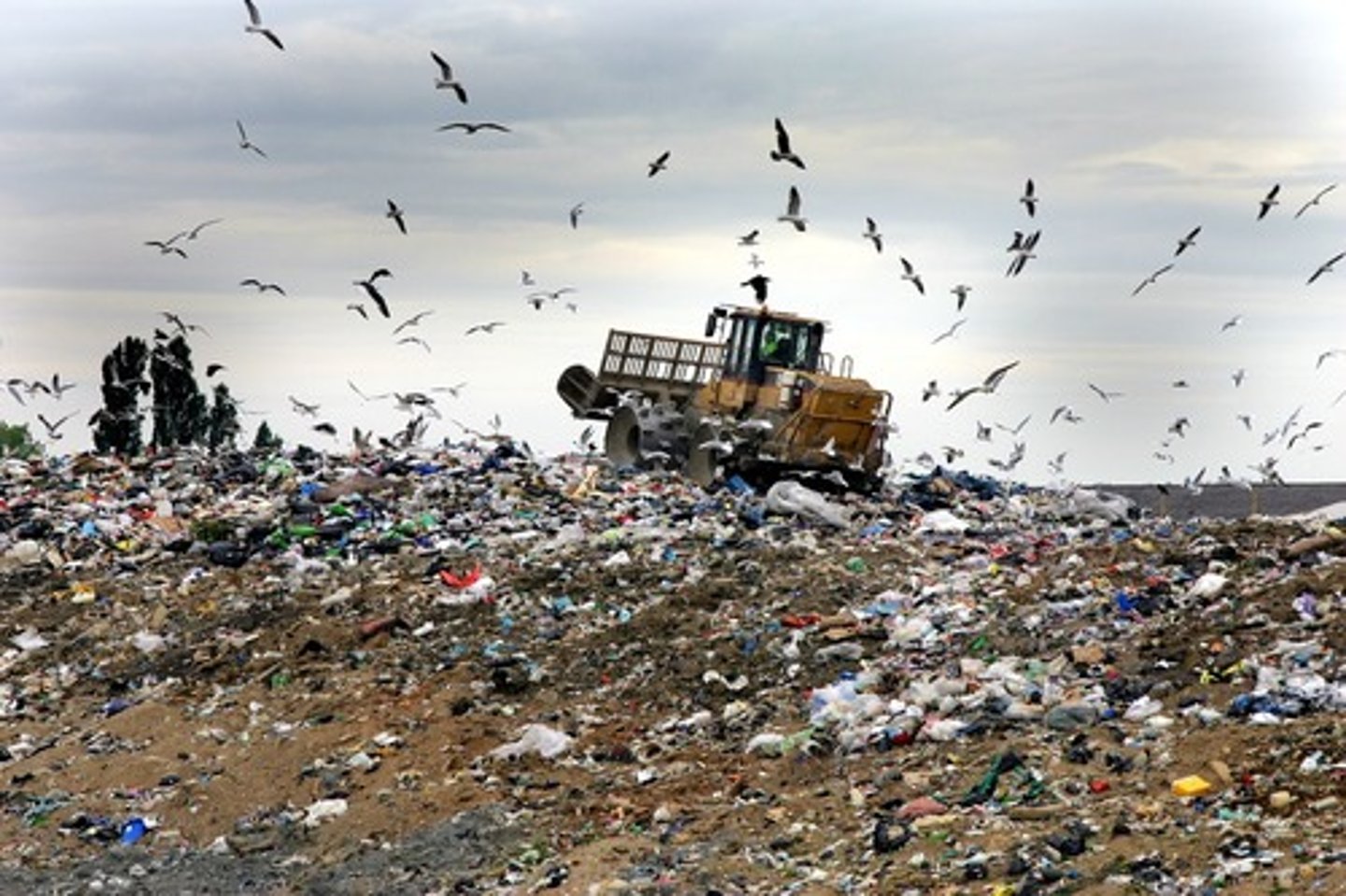
Composting
The process of mixing decaying leaves, manure and other nutritive matter to improve and fertilize soil.
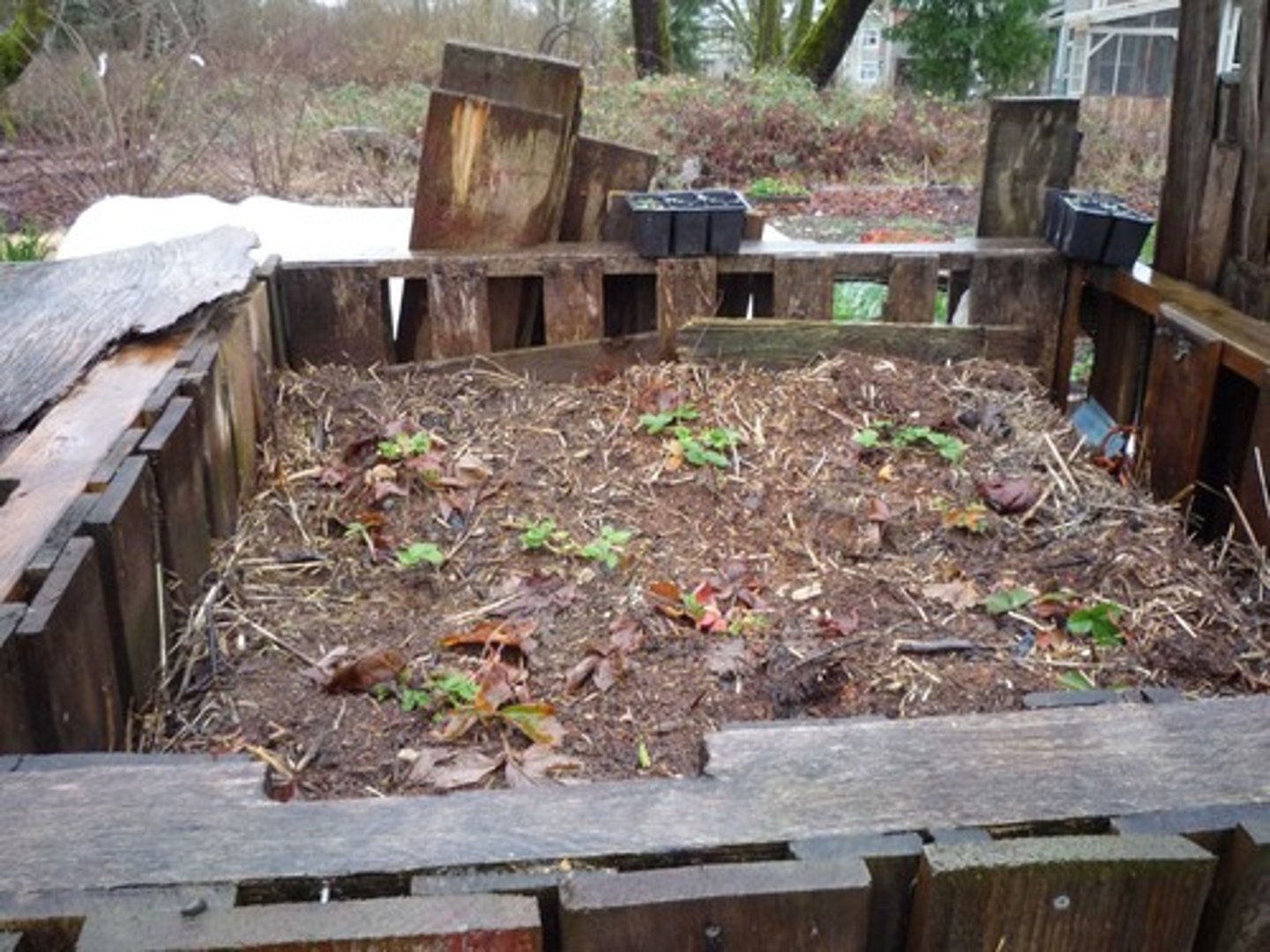
Municipal solid waste
The waste materials produced in homes, businesses, schools, and other places in a community
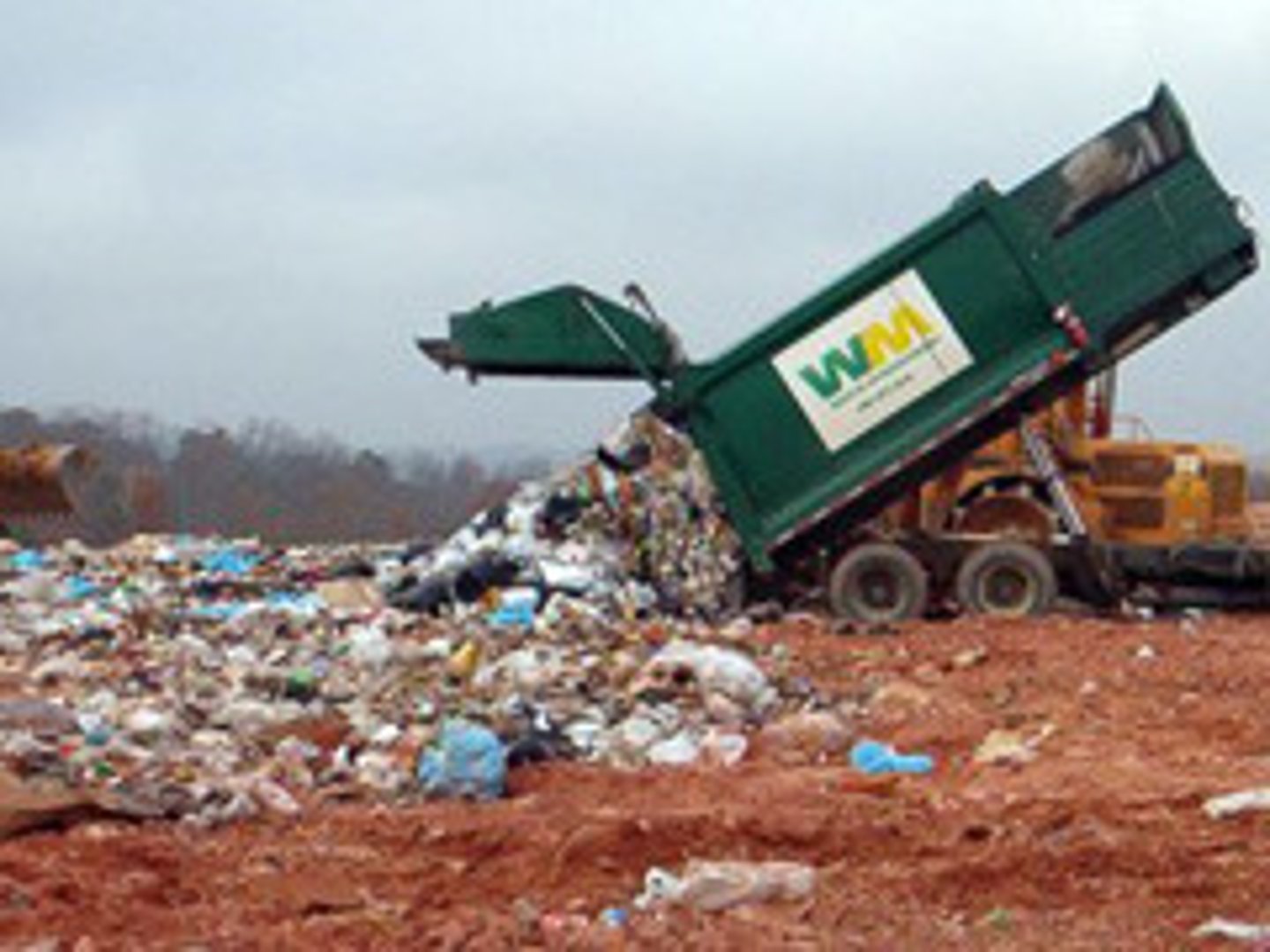
Industrial solid waste
Waste from production of consumer goods, mining, agriculture and petroleum extraction and refining
Hazardous Waste
Any waste that poses a danger to human health; it must be dealt with in a different way from other types of waste.
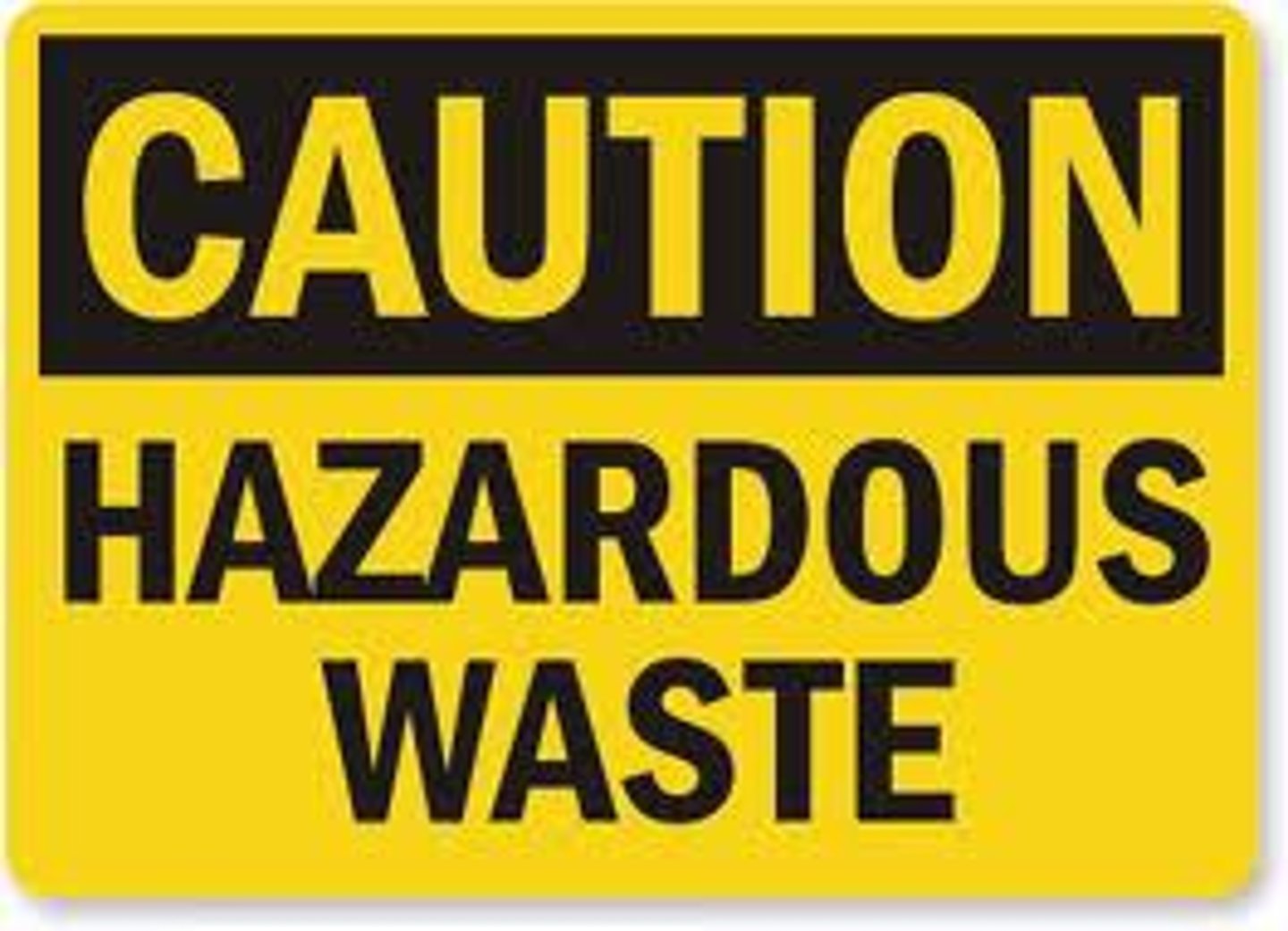
Wastewater
Water that runs into drains that may contain sewage and chemicals from homes and businesses or pollutants from industry
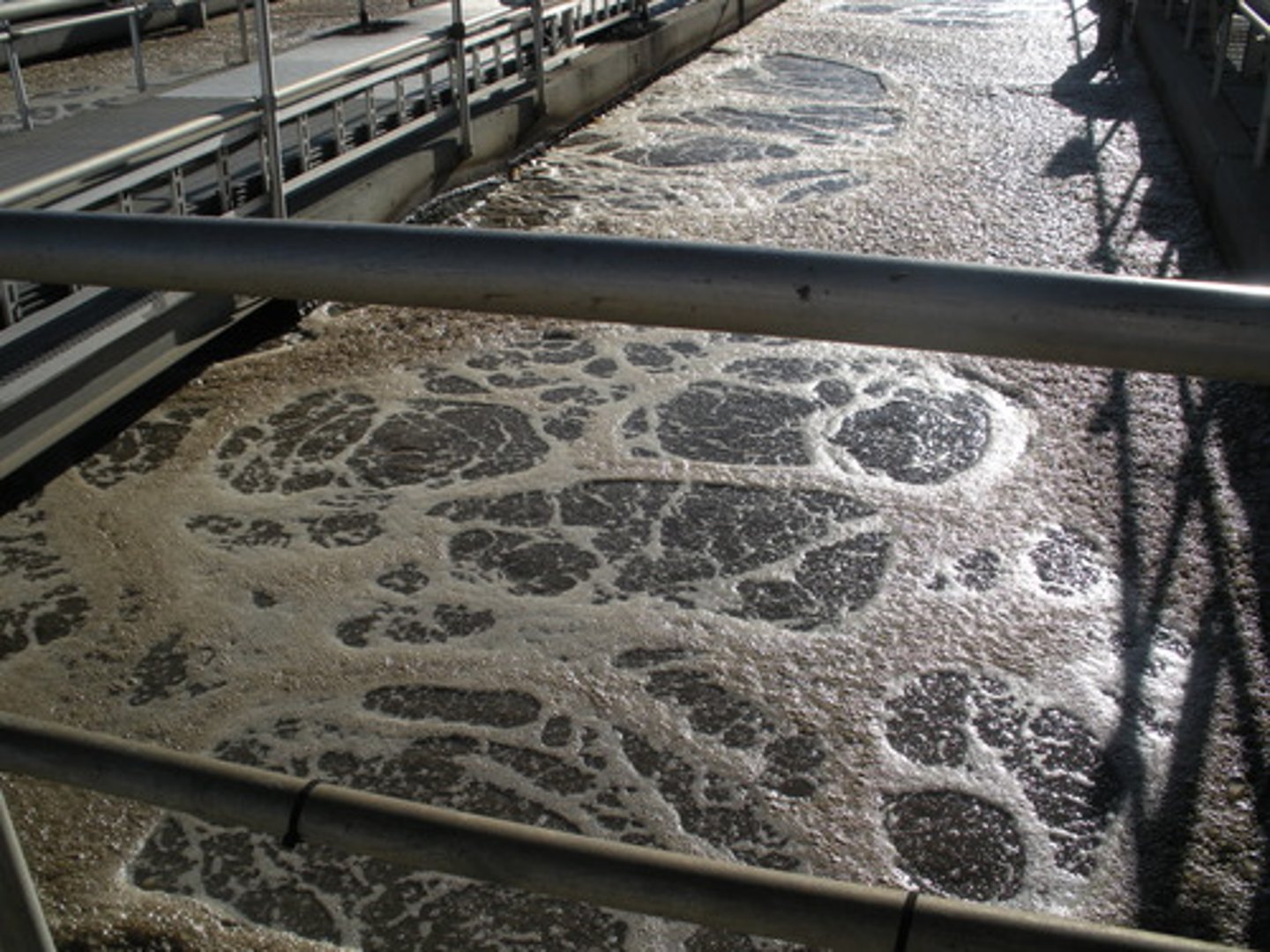
Waste stream
The flow of solid waste that is recycled, incinerated, placed in a solid waste landfill, or disposed of in another way
Resource Conservation and Recovery Act
Passed in 1976, enabled the EPA to have a "cradle to the grave" control over hazardous waste. Pertained to generation, transportation, treatment, storage, and disposal of hazardous waste. The act also created a framework for the proper management of non-hazardous waste materials. Led to development of "Sanitary Landfills".
Leachate
Polluted liquid produced by water passing through buried wastes in a landfill.
Incineration
The burning of solid waste can reduce volume of waste rby 90% and waste heat can be used for other purposes. However it may have toxic emissions (polyvinyl chloride, dioxin), scrubbers and electrostatic precipitators needed, ash disposal.
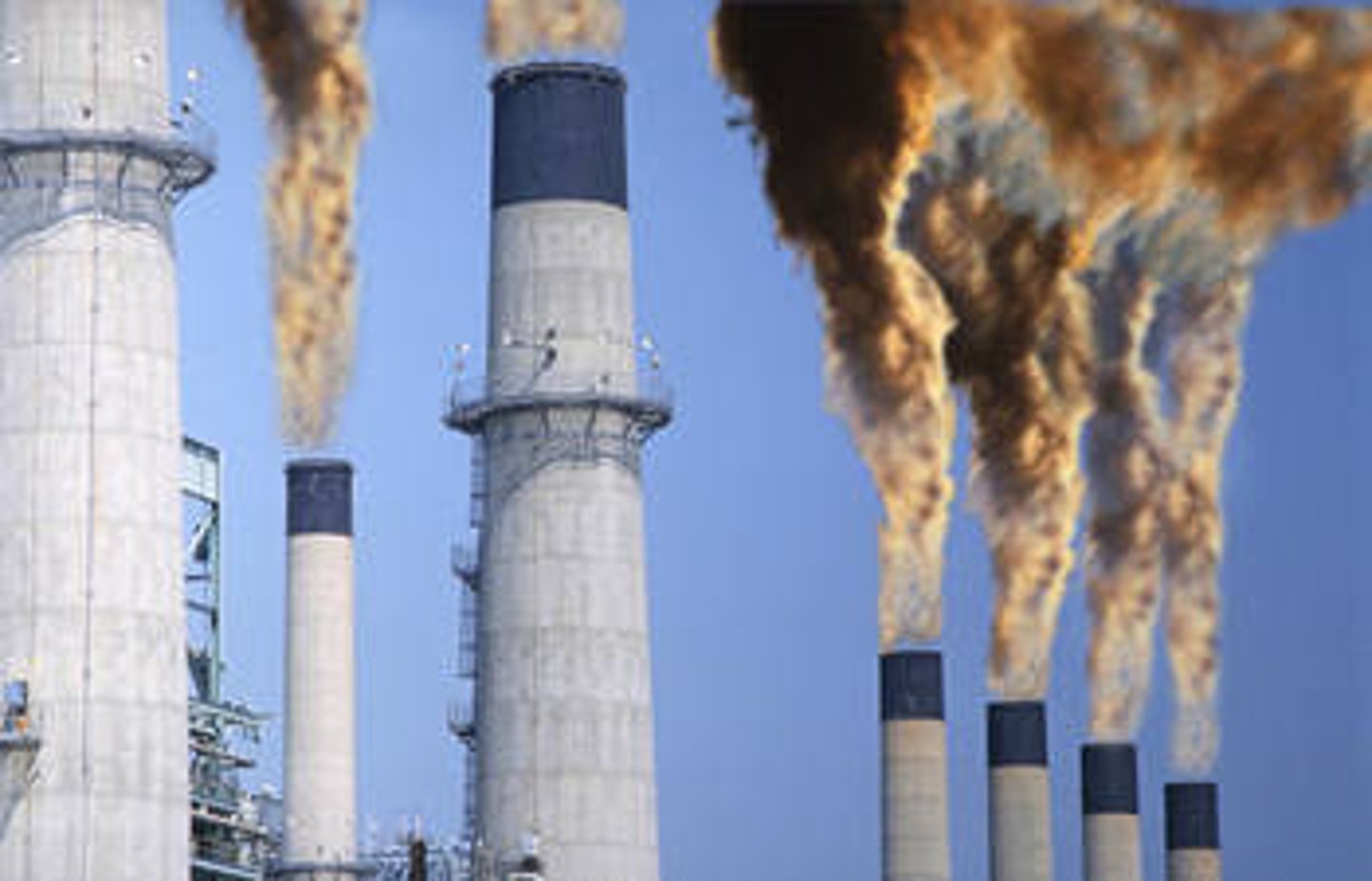
Baghouse
A system of large filters that physically removes particulate matter from incinerator emissions
Waste to energy
A system in which heat generated by incineration is used as an energy source rather than released into the atmosphere
landfill gas
A mix of gases that consists of roughly half methane produced by anaerobic decomposition deep inside landfills, and which can be captured and used as a source of energy.
deep-well injection
A deep well is drilled and the waste is injected into it, below the water table to prevent contamination.
CERCLA
Comprehensive Environmental Response, Compensation, and Liability Act (Superfund) 1980; To facilitate the cleanup of any abandoned or uncontrolled sites containing hazardous substances and to impose strict liability for cleanup costs on potentially responsible parties
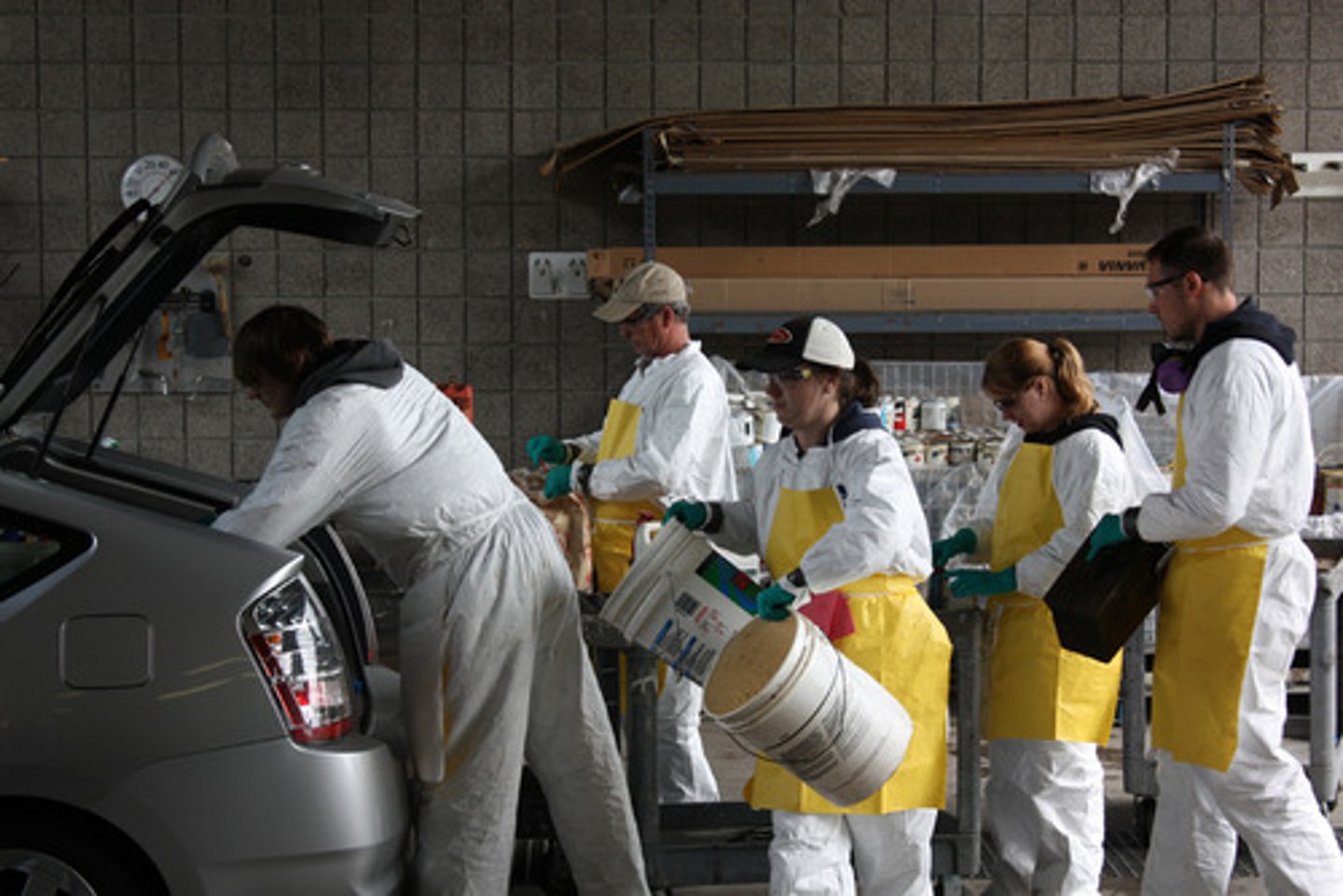
Superfund
A fund created by Congress in 1980 to clean up hazardous waste sites. Money for the fund comes from taxing chemical products.
